On a daily basis, it’s not uncommon to come across unusual medical terms.
And here’s one called tonsil stones, that’s frequently encountered. So what are they?
Tonsil stones are also commonly called tonsilloliths.
These hard white or yellow deposits can form inside your tonsils. Additionally, you can have tonsil stones without even realizing they exist. Coincidently, tonsil stones can grow to very large sizes. And they cause great discomfort. For this reason, immediate medical attention is required.
Below, we’re taking a closer look at tonsil stones and why they exist in the first place. We’re also giving you expert tips on how to get rid of them.
What are tonsil stones?
Tonsil stones are hard deposits that form inside the tonsils. They can vary in appearance. On the majority, they are usually small in size, while being white or yellowish in color.
Small size stones resemble a grape or even a rice grain. While small tonsil stones go unnoticed, larger ones result in great pain and discomfort. Hence, they are termed to be a medical emergency. In other cases, these small stones cause your tonsils to swell, producing foul smells and difficulty in swallowing.
How do they form?
Most tonsil stones are formed from pits or tunnels, referred to as tonsil crypts. They are made of dead cells, trapped food debris, mucus, and saliva. Additionally, bacteria and fungi feed on them, producing a foul smell.
With the passage of time, the small stones harden into a large mass. While some people have only a single stone, others can have several at once. In summary, these are the most common causes of their formation:
- poor oral hygiene
- severe sinus issues
- inflamed tonsils
- large-sized tonsils
Common symptoms you should be aware of
Tonsil stones include a number of common symptoms.
- difficulty during swallowing
- ear pain
- foul-smelling breath
- sore throat
- swollen tonsils
- ongoing cough
- white or yellow tonsillar debris
With that being said, smaller sized stones are more commonly encountered. Coincidently, they don’t produce any symptoms at all. Hence, that’s one of the reasons why they go unnoticed.
How you can prevent them from occurring?
Once present, these stones can occur frequently. Fortunately, it’s quite easy to prevent their reoccurrence with these expert tips.
- no smoking
- drinking enough water
- gargling with warm salt water
- maintaining good oral hygiene- this includes proper brushing and flossing with regular dental checkups
Tonsil stones removal isn’t as bad as you think
Despite these stones not being harmful, they cause discomfort and bad breath. And that’s exactly why patients get them removed in the first place.
Hence, treatments can vary from simple home remedies to hospital-related procedures.
Gargling with salt water
Gargling using warm salt water helps to relieve discomfort. Additionally, it keeps the mouth clean and can dislodge any stones.
Energetic coughing
Energetic coughing removes superficial stones that are stuck in the crypts.
Manual removal
You can remove your tonsil stones manually too. In short, it’s best to avoid using harsh toothbrushes as this can lead to bleeding and infection. Hence, better options include cotton swabs or water picks.
Laser surgery
Depending on your condition, the doctor may recommend laser surgery. During this procedure, removal of the tonsil stone crypts or tunnels occurs.
Tonsillectomy
On other occasions, your physician might recommend removing the entire tonsil.
Antibiotics
Since most stones involve bacterial infections, doctors can prescribe antibiotics for treatment.
Tonsil stones are neither contagious nor harmful. At the same time, they can be painful and discomforting. Hence, this justifies the need for medical attention and appropriate removal.


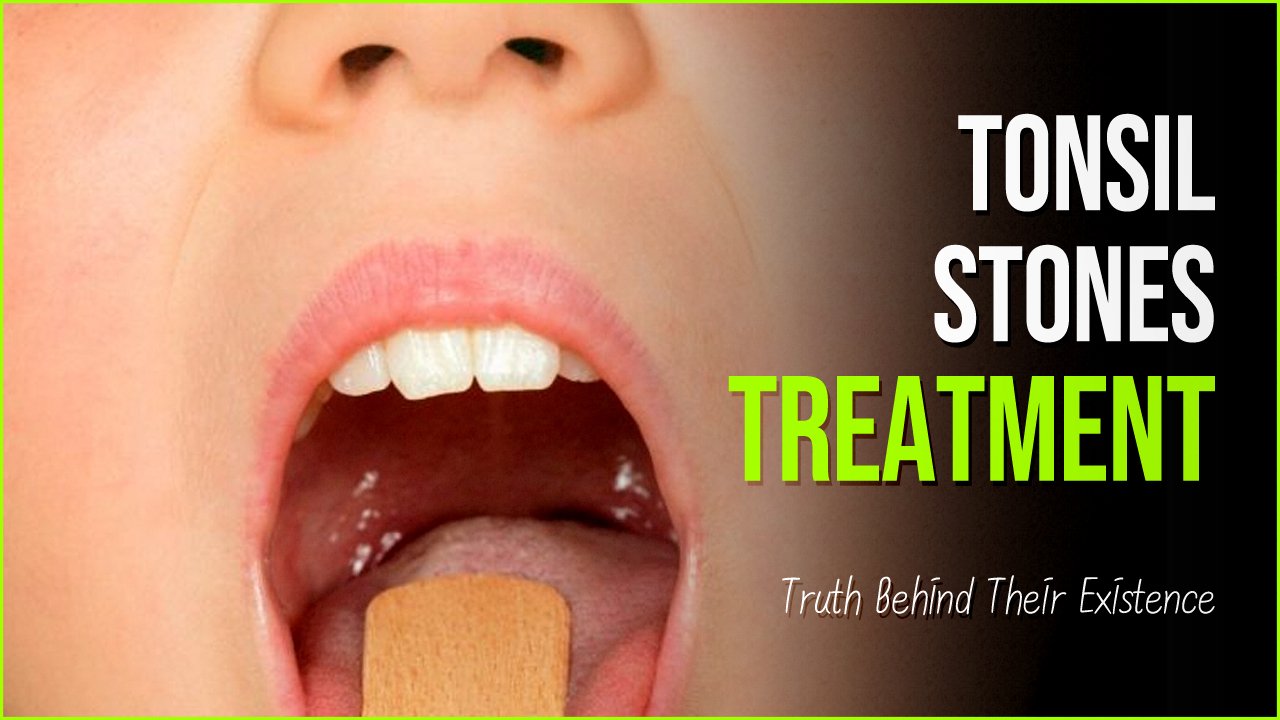
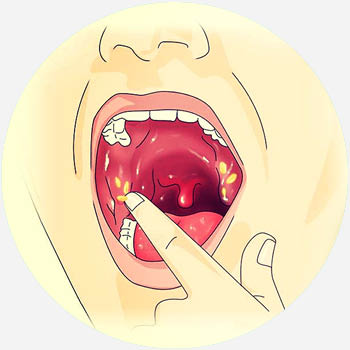

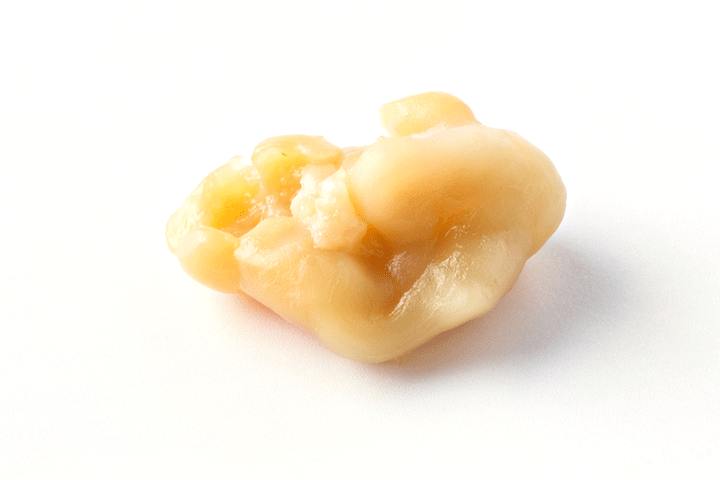

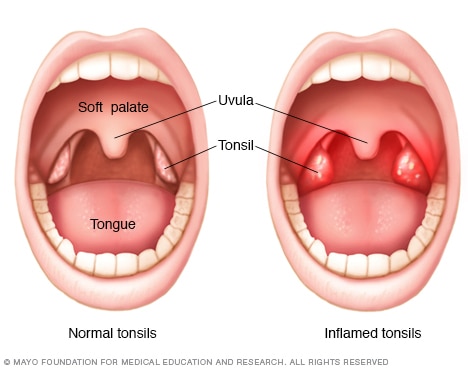

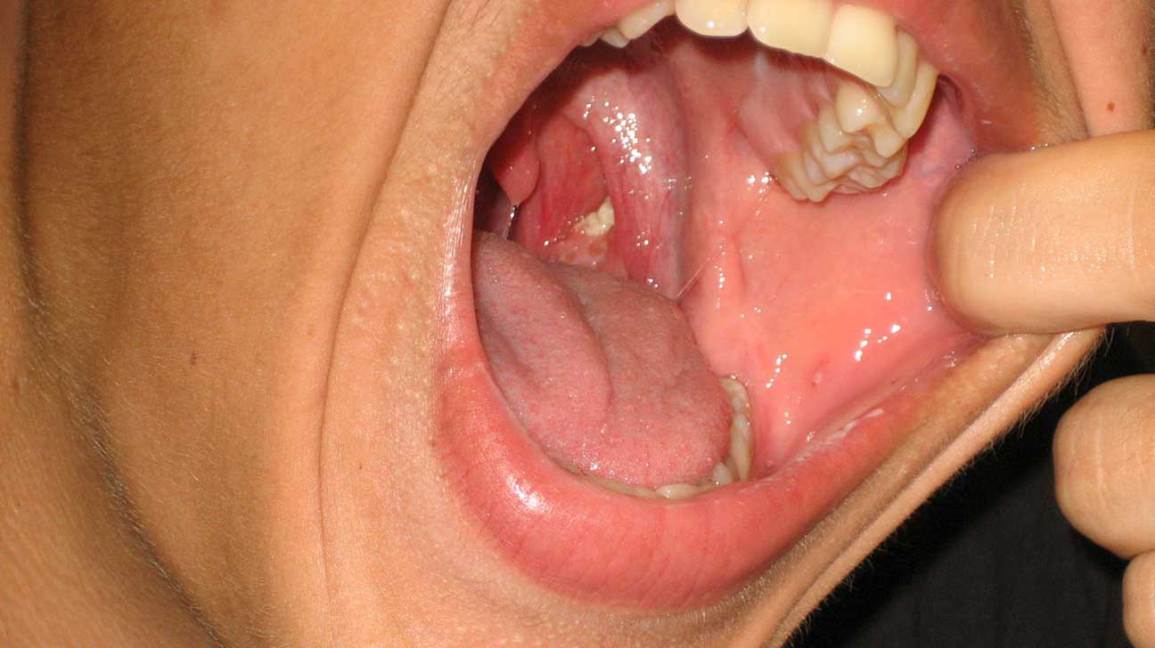

-Step-17-Version-2_1591356276.jpg)


